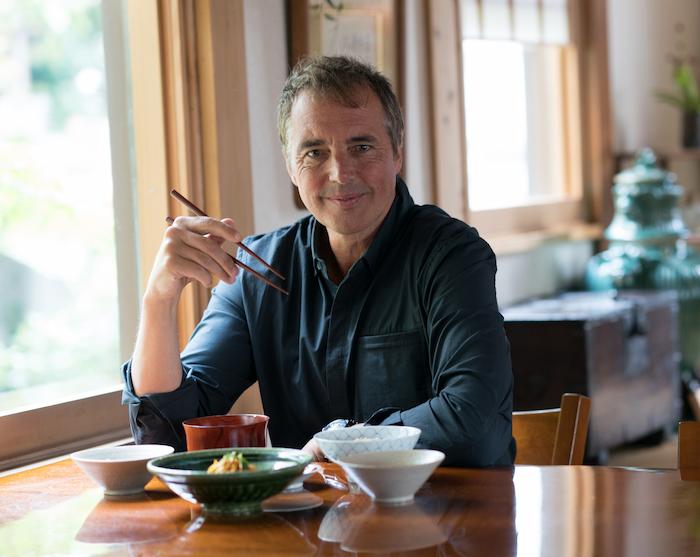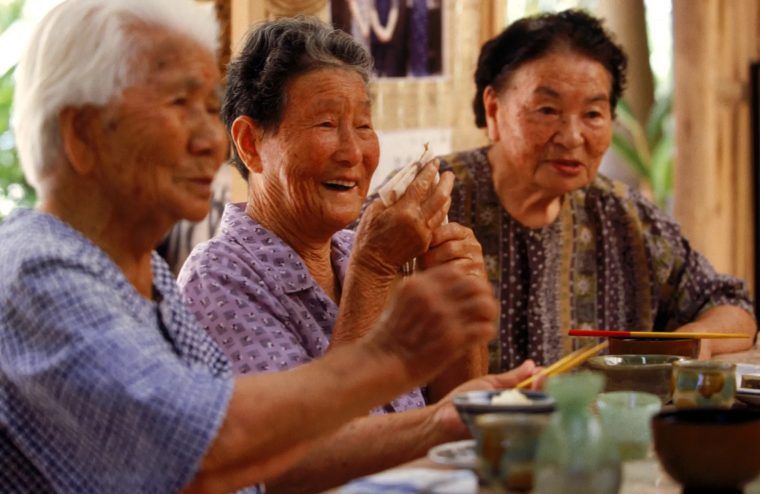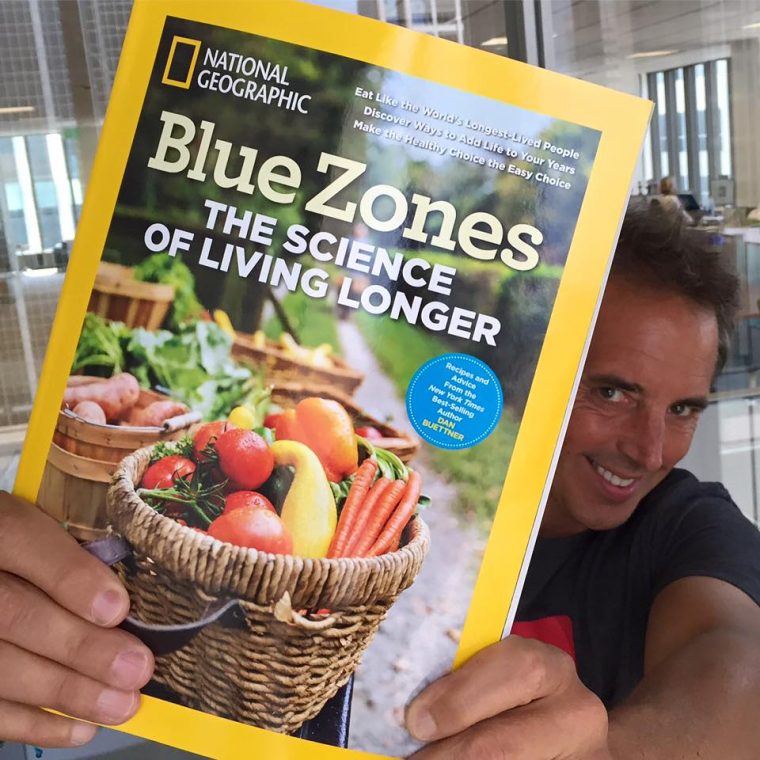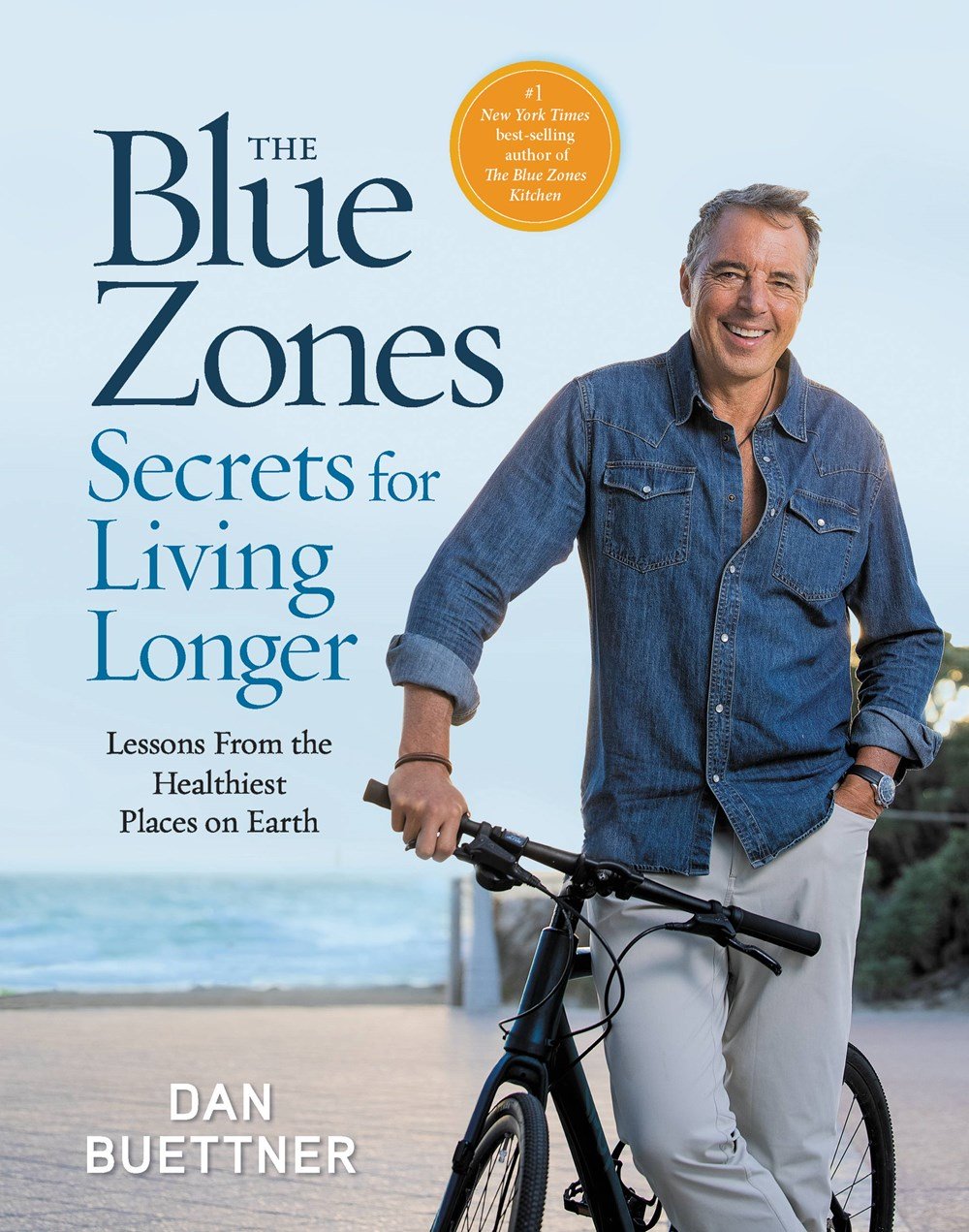There’s a little saying I once heard, and it somehow manages to be both sage and mildly patronizing:
“You never have time unless you make time.”
I have no idea who said it or where I heard it, but there’s a lot of truth to it. That’s also what can annoy people about it, I think.
Sure, it’s a fun bit of wordplay, and it’s a good shorthand for the idea that our priorities ultimately decide our schedules…
… but it also pulls our attention back to the uncomfortable reality that time is scarce (in both the big picture and the small picture). Then, as if to add insult to injury, it offers a semi-condescending reminder that you do still control your time, even when it feels like it’s slipping through your fingers.
The one thing we don’t get wrong about feeling chapped: we should care about time more than any other resource. But we’re afraid to lose that precious time, and nowadays, that means we’re afraid to slow down. Careful thinking starts to feel claustrophobic; the roses lose their sweetness if you stop to smell them.
Still, the good and useful news here (like so many things in this newsletter) comes in the form of a paradox:
Sometimes, slowing down actually saves us time.
When we talk (first) about the importance of socializing for warding off dementia, this means that setting aside time for friendly gatherings can actually help you to live longer. When we talk (second) about meal planning, it means that most people haven’t fully realized how much time and money they could save themselves by thinking ahead. In either case, we forget to consider how we can “invest in” and “profit from” some of the wiser uses of our time.
You know how Abe Lincoln said that, if he had six hours to chop down a tree, he’d spend the first four hours sharpening the ax? That’s not a boast; that’s practical advice (because it might take even longer if you don’t sharpen the ax). So let’s sharpen some proverbial axes today! ?
But first…

Have you enjoyed reading Eating to 100? I certainly hope so, but I can already tell you what its main limitation is, and it’s just the nature of newsletters: you can only fit so much into each one.
Put another way: you can’t put book-level detail into a newsletter. You just can’t. Unless it’s heavily serialized (a tiny new chapter every two weeks!), which generally doesn’t fly in this Netflix-binging era we occupy.
Fortunately, I’ve just published a book which contains the complete, unabridged, newbie-friendly, binge-ready version of the longevity-boosting teachings I’m sharing bit by bit in this newsletter. It’s called The Blue Zones: Secrets for Living Longer and you can have a look right here!
Speaking of Netflix, this new book doubles as a companion to my new Netflix documentary series! You can learn about the blue zones by reading or by watching, but you’ll learn best with both in front of you. ?
Before moving on with today’s newsletter, a semi-rhetorical question: is there any way to say that your new Netflix show hit #1 in its first week (?!) without sounding like you’re bragging? If so, I have no idea what it is. ?
Regardless, I’m giddy and grateful and proud, and I encourage you to have a look at one or both of them. You’d be doing me and yourself a favor!

In a previous edition, I mentioned the Harvard Study of Adult Development (the longest-running longitudinal study in the world) and its surprisingly simple conclusion after 85 years of study: that our relationships are the single most important factor in our health, well-being, and longevity. You can read more about the Study in this article from The Atlantic.
I bring this up again because I recently found an episode of the wonderful ZOE Science & Nutrition podcast (links below) which took this same general idea to newer and more specific conclusions.
Their featured guest for this episode was Professor Rose Anne Kenny, who runs Ireland’s largest adult population study on the experience of aging. It’s been running since 2006, so (data-wise) it’s picking up some serious steam by now!
Professor Kenny is able to explain how and why social interaction is so vitally important—especially as we age—and how this insight should inform a number of conversations, from the ideal time to retire to the importance of attitude to the specific dangers of loneliness.
But there is plenty of good news afoot! Maybe the most important piece of it: we’re used to thinking that our quality of life (and sharpness of mind) is destined to decline as we age, and there’s absolutely no reason this has to be true. In fact, as Professor Kenny explains, quality of life tends to increase with age as long as debilitating diseases are kept at bay… and it’s becoming more and more possible to do just that!
Three ways to check out the episode for yourself:
? Watch | ? Listen | ? Read Transcript

People living in blue zones aren’t actively trying to cultivate habits for long life. Their environments are set up in ways that naturally support healthy behaviors. In this section of Eating to 100, I will share one simple habit you can incorporate into your life. Do it long enough, it becomes part of how you live. Build up enough of these habits, you’ll likely add years to your life and life to your years.
Last time in Habits for a Lifetime, I started discussing meal planning and why you would want to do it: in a nutshell, saving yourself time and money and hassle. It’s a chore, but it’s a very “profitable” chore.
This time, I’ll be following up by sharing three of my best tricks on how to plan meals. I won’t waste anyone’s time by explaining the obvious fundamentals (i.e. make some decisions and write them down). Instead, these tips are meant to make your meal-planning process as easy AND as profitable as it can be for you.
Without further ado…
1️⃣ Incorporate meal planning into your existing routine (probably weekly).
This one borders on the obvious (habits are good, habits are helpful, yada yada yada), but I still bother to emphasize it because, as I mentioned last time, nothing forces us to plan meals. It’s an extremely helpful chore, but it’s technically optional, and we all know what that means: when we get stuck on the hamster wheel of life, we’ll gladly skip it.
If you’re having one of those weeks, by all means go ahead and skip it. Just know that if you don’t make meal-planning part of your routine, it very well might never happen and you will lose out on ALL the benefits I mentioned last time. Simply put, you can’t reap what you don’t sow.
2️⃣ Create a household “menu” so it’s easier to select meals when planning them.
You can get crafty if you want to, but please realize this first: at its core, a menu is just a master list of options. If you want to get creative, knock yourself out—but all I’m suggesting here is that you make a list of meal options. That’s all your menu really needs to be.
You know what makes meal-planning feel like a chore? I think it’s the mental effort of summoning and reviewing your meal options from memory. Most people won’t come close to remembering all of the dishes that might appeal to them in a given week…
… but if you have a list of options already at hand, you don’t have to remember anything! Just review your menu for a minute, pick a handful of options like you’re ordering at your own restaurant, and notice how meal planning is suddenly a much quicker, much easier, even vaguely enjoyable activity. And the more you come back and add to the menu, the more useful it becomes!
3️⃣ Freeze things!
I said last time that freezer space can literally turn you a profit, and I mean it. If you really want the math, ask and I’ll share it later; otherwise, I’ll summarize by saying that freezer space can save you more money than it costs (and without even factoring in the boatloads of time you can save, too).
For today’s purposes, I would just point out that the ability to freeze foods is something of a modern miracle. You can cook something, pack it up, stick it in the freezer, let it sit for months on end, then pull it out and thaw it and it’s just as good as before (if not better in some cases).
Maybe I’m easily impressed, but I wish more people could see the magic in their appliances. Your freezer is essentially a giant “preserve this for later” box, and this means that high-quality fresh food can be kept waiting for you without any preservatives or synthetic trickery. You can cook for yourself long in advance (in big, cost-efficient batches!) and, if you do some Googling, you might be amazed at what you can freeze and how long it’ll keep under the right conditions.
So even if you’re not the type to buy a second freezer, I’d encourage you to have a look in your icebox and see what useful space can be opened up (I think we all know how freezers can become time capsules). Your freezer is a hugely helpful tool for getting the most out of your meal planning, even if you’ve only got room for a couple of meals in there!

Cream of Pumpkin Soup
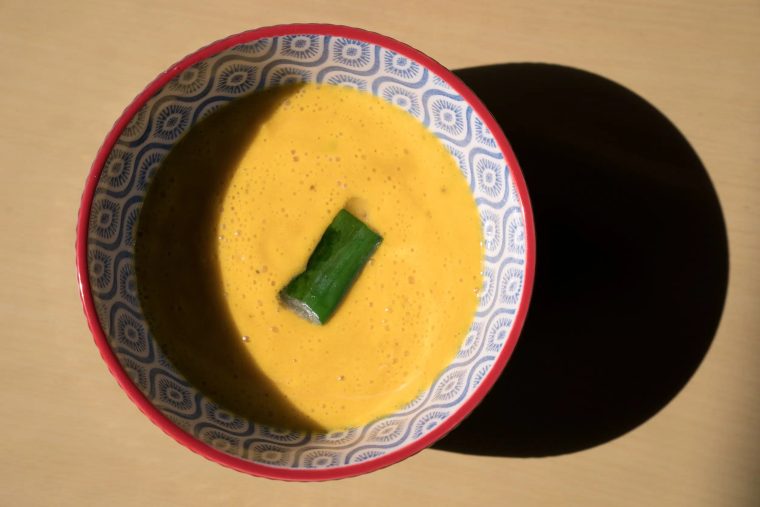
Okinawans make this soup from kabocha, or Japanese pumpkin—a good substitute is acorn or butternut squash. The result is a silky, slightly sweet soup that takes about 20 minutes to whip up if you have an immersion blender or food processor. You can also make this in a flash with canned pumpkin puree, which is usually a blend of pumpkin and orange squash.
This seemed like a good time to share this recipe because (A) fall is right around the corner and (B) soups are an entire category of foods that you can double-batch and freeze for easy meals later!
Ingredients
½ pound acorn or butternut squash, peeled, seeded, and cut into large chunks
¼ cup chopped leeks (or onion)
1 tablespoon vegetable oil
1 3/4 cups unsweetened soymilk
1 teaspoon cumin seed
1 teaspoon dried turmeric
1 teaspoon salt, plus more if needed
The Method
- Place a steamer tray into a pot with about 2 inches of water. Bring water to a boil and steam squash until soft, about 15 minutes.
- In a soup pot, stir-fry leeks in vegetable oil until soft but not browned, about 3-4 minutes.
- Add soy milk, steamed squash, and spices and simmer for 15 minutes.
- Blend all together with an immersion blender or in a food processor (in batches, if necessary) until smooth. Add salt to taste.
